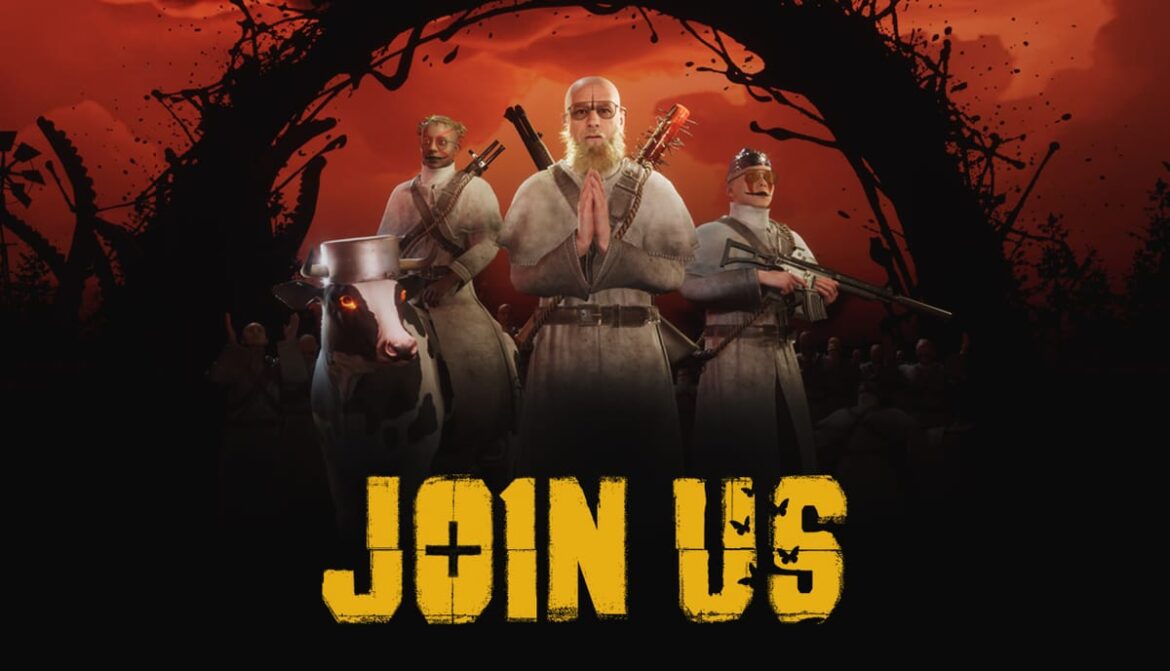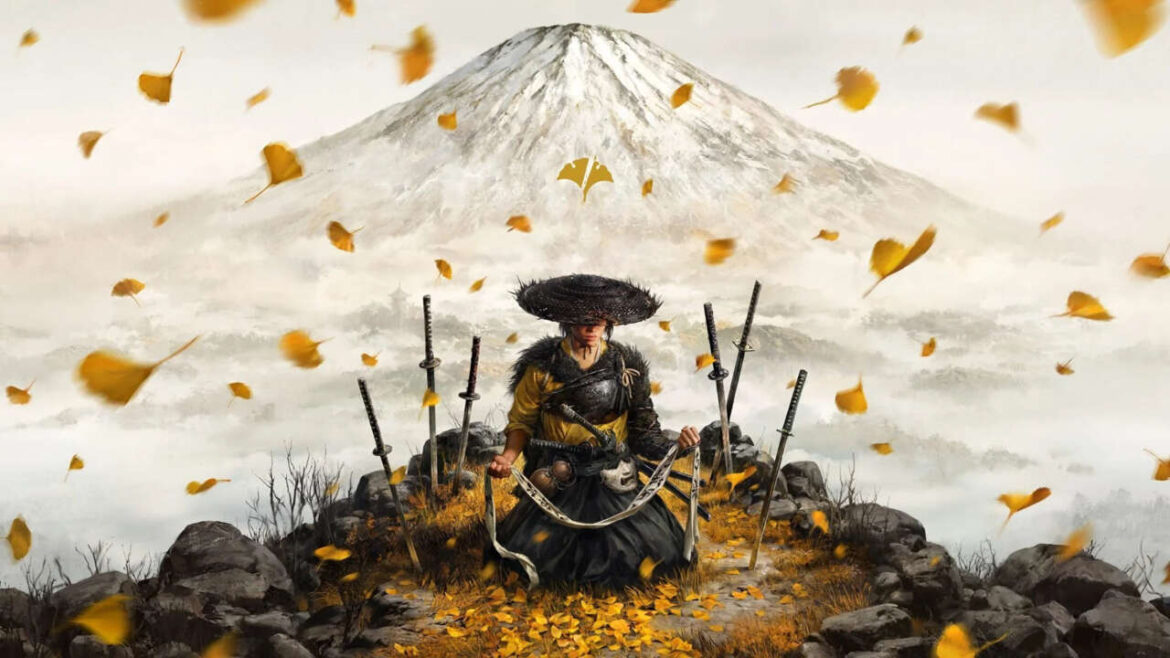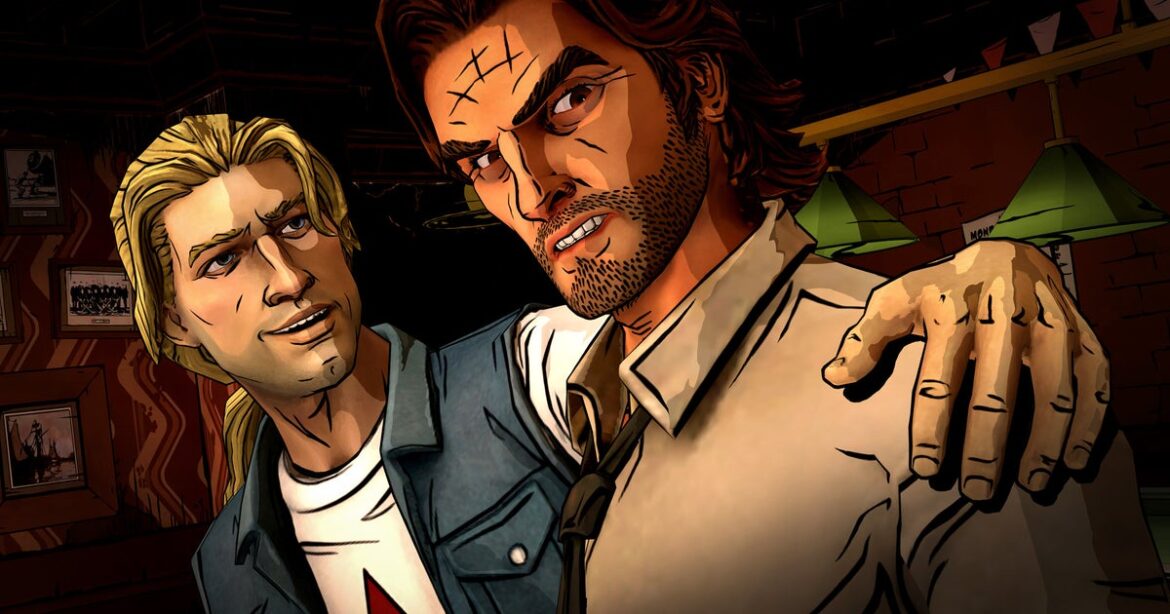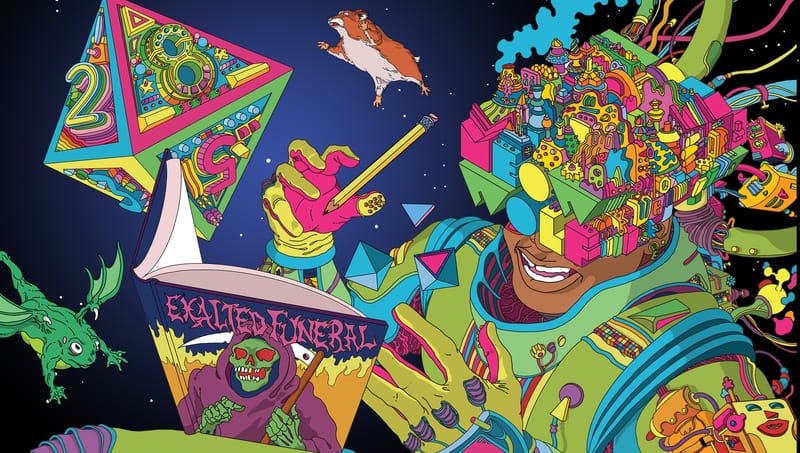MONTREAL — September 28, 2025 — Today, during the PC Gaming Show Tokyo Direct, independent Montreal, Quebec-based studio Wolf Haus Games revealed JOIN US, a darkly satirical, story-rich survival game that lets players build and command their own doomsday cult to prepare for the coming apocalypse. Not your average survival game, JOIN US combines a strong game loop and novel mechanics to create an ambitious and culturally relevant single or multiplayer experience. Design your cult’s belief system and recruit new followers into a fresh, fully authored narrative that adapts to player choices.Wolf Haus Games’ debut project, JOIN US, embodies the team’s passion for grindhouse cinema, refreshing sense of humor, and over 150 years of combined experience working on feature films, major music videos, and more than 100 AAA video games. You’ll get your chance to “JOIN US” when the game launches next year on PC.
In JOIN US, players take the role of a devout member of a doomsday cult, sent to establish a new chapter of their cult in rural Bedford County, USA. While you must heed the wise words of The Leader, this “franchise” is yours to command and shape as you please; think of it like you’re franchising a Burger King, or a KFC. You are free to explore the open world as you recruit followers, design your own robust belief system, and scale up a compound to accommodate your growing ‘family.’ Not everyone will take kindly to outsiders, so you might be forced to protect your compound… by any means necessary (including but not limited to flamethrowers and battle-pigs).
With an Apocalypse just around the corner, you’ll want your compound to be well-stocked with the essentials: food, supplies, and ammunition. But your most important resource is your followers. After all, a cult leader with no followers is just a lonely weirdo. Get the word out with propaganda, and you can recruit poor, lost souls to a better life. As your forces grow, so will your territory; take the fight against non-believers to their doorstep to extend your cult’s territory.
Experience the immersive narrative campaign in single player or up to four-player co-op as you conquer the game’s dynamic open-world environment. Whether you roll solo or recruit your friends, cult life is your calling, and the end of the world is nigh (which, if you’re a doomsday cult, is a good thing, right?).
Share this article
The link has been copied!
Affiliate Links




